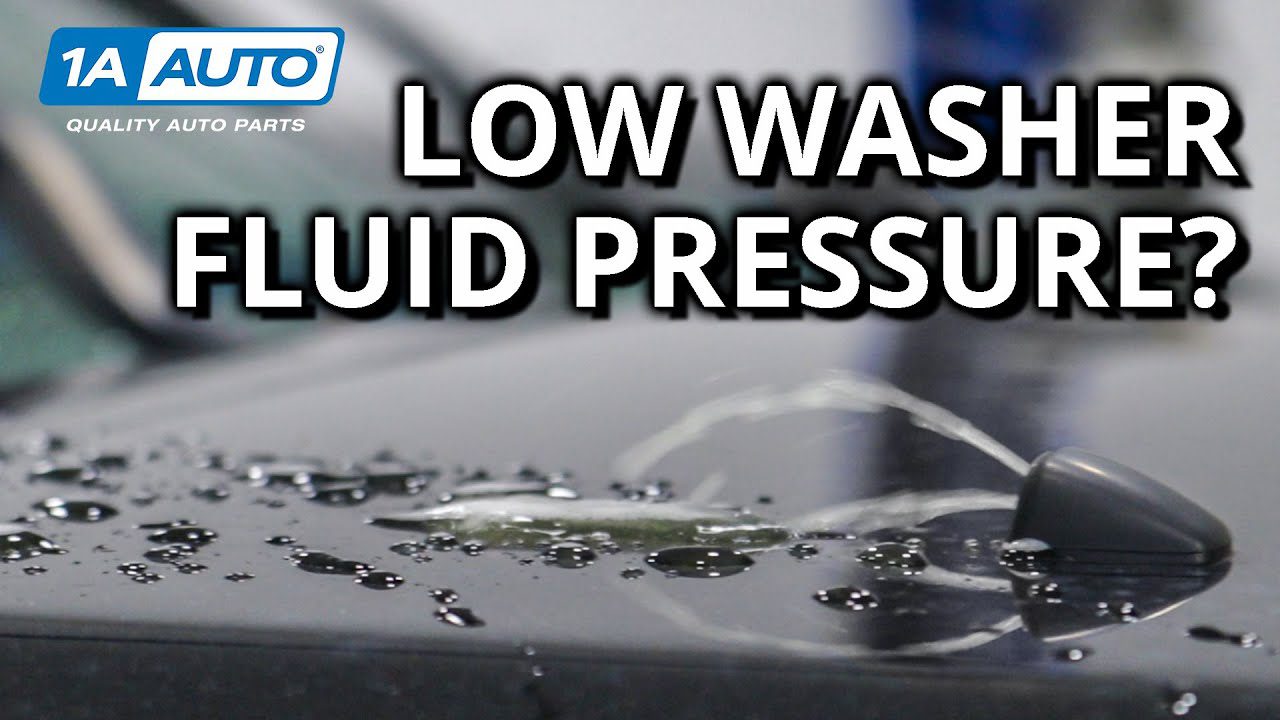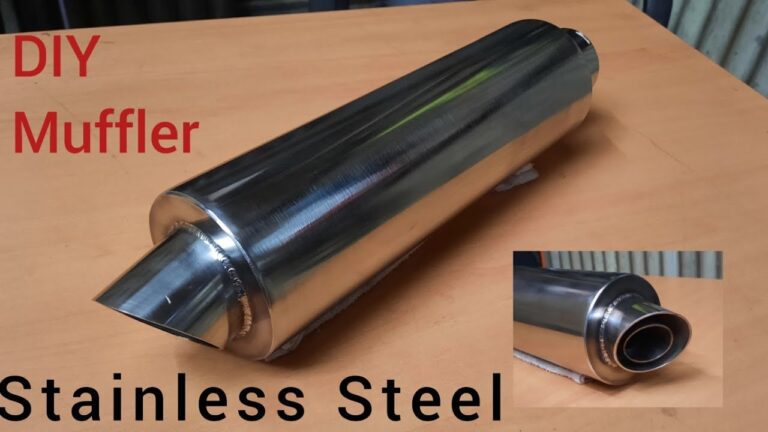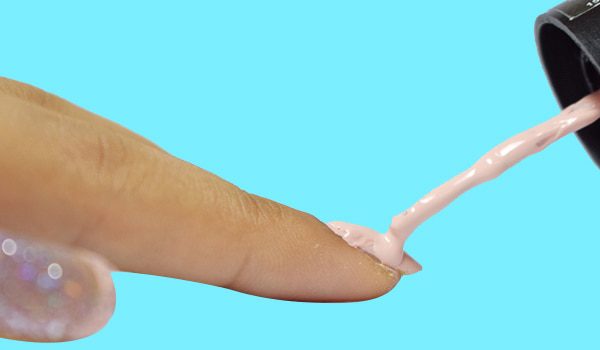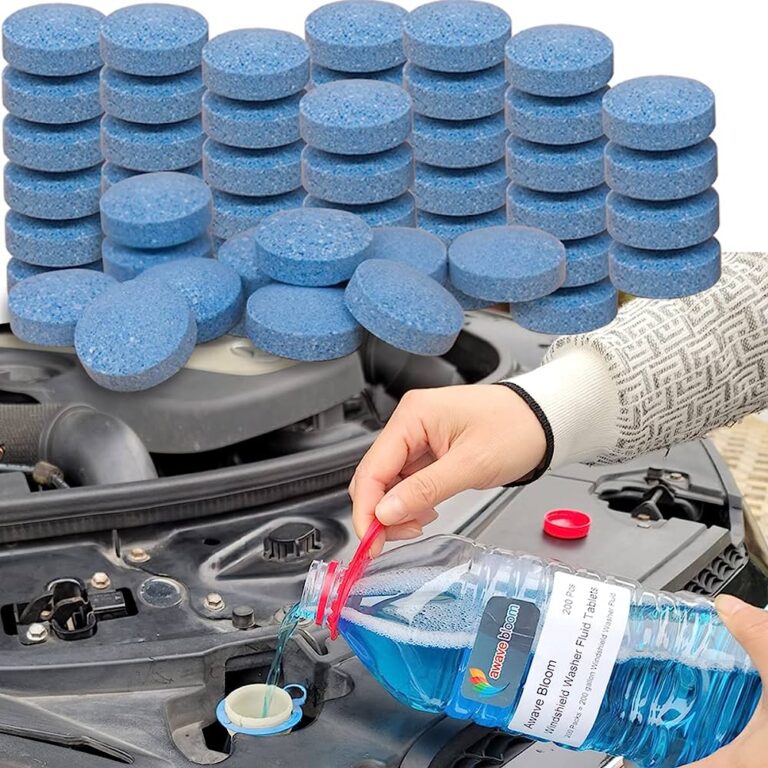Revive Your Wiper Blades – Weak Windshield Washer Fluid Not Spraying!
If your windshield washer fluid is not spraying hard, the likely causes are a clogged nozzle or a weak pump. To solve the problem, try cleaning the nozzle with a needle and a compressed air source, or replace the pump if it’s malfunctioning.
Windshield washer fluid is essential for maintaining visibility while driving, especially during inclement weather. But what do you do if the fluid is not spraying hard enough? There are two common causes of this issue: a clogged nozzle or a weak pump.
A clogged nozzle can result from dirt, debris, or even wax buildup, while a weak pump can be caused by a malfunctioning motor or inadequate pressure. Fortunately, both problems can be resolved with a little effort. If it’s a clogged nozzle, try cleaning it with a needle and a compressed air source. If the pump is weak, you may need to replace it.

Credit: www.amazon.com
Reasons For Weak Windshield Washer Fluid:
Reasons For Weak Windshield Washer Fluid
Keeping a car clean is crucial for enhancing visibility, safety, and ensuring the longevity of your vehicle. Windshield washer fluid is one of the most crucial components in cleaning a car and keeping it sparkling. However, sometimes this fluid may not spray as efficiently as needed.
Here are some of the reasons for weak windshield washer fluid.
Old Or Dirty Wiper Blades
Wiper blades play a vital role in keeping the windshield clean and clear of debris by sweeping across and removing dirt and grime. Over time, these wiper blades can become worn out or damaged, which may result in poor cleaning performance.
Some indicators that your wiper blades are old or damaged include skipping or streaking on the windshield. It’s always best to replace your wiper blades at least once per year or more frequently if you live in a high-traffic or dusty area.
Low Fluid Level Or Clogged Nozzle
Another reason why your windshield washer fluid may not be spraying as hard as usual is due to the low fluid level or clogged nozzle. This issue can typically be solved by topping off the windshield washer fluid reservoir or unclogging the nozzle.
However, it’s important to ensure that the nozzle is not damaged before trying to unclog it.
Insufficient Water Or Improper Mixture
Finally, the windshield washer fluid may not be spraying hard due to insufficient water or an incorrect mixture. Is your mixture too concentrated or diluted? If so, it can cause a potentially harmful impact on the windshield, making it difficult to see through.
Always follow the manufacturer’s instructions when mixing a windshield washer fluid solution. If you’re unsure about the right mixture, opt for a pre-mixed solution to avoid any issues.
To prevent weak windshield washer fluid, regular maintenance is crucial. Check your wiper blades, fluid levels, and nozzle regularly for clogs or damage. With the right care, your windshield washer fluid can perform at its best for the life of your car.
How To Diagnose The Problem:
Signs Of Weak Windshield Washer Fluid
Are you struggling to get your windshield washer fluid to spray hard? If so, there could be a few reasons why. One of the most common culprits is weak washer fluid. Here are a few signs of weak washer fluid to look out for:
- The fluid is coming out slowly and dribbling down the windshield
- The stream of fluid is not strong enough to clean dirt and debris from the windshield
- The washer fluid is freezing on the windshield, leaving behind streaks and residue
If you notice any of these warning signs, it’s time to diagnose the problem and find a solution.
Checking Fluid Levels And Nozzle
The first thing to check when your windshield washer fluid is not spraying hard is the fluid level. If the fluid level is low, your system may not be able to produce enough pressure to spray the fluid with enough force.
To check the fluid level, follow these steps:
- Locate the washer fluid reservoir under the hood of your vehicle.
- Check the fluid level by looking at the markings on the side of the reservoir.
- If the fluid level is low, add more fluid until it reaches the appropriate level.
If the fluid level is not the problem, the next step is to check the nozzle. Sometimes, debris can clog the nozzle and prevent the fluid from spraying hard. To check the nozzle, follow these steps:
- Locate the nozzle on your vehicle’s hood or windshield wipers.
- Use a small pin or needle to clear out any debris that may be clogging the nozzle.
- Test the system to see if the fluid is now spraying with enough force.
Examining Wiper Blades
Another potential problem that can cause weak windshield washer fluid is worn out wiper blades. Over time, wiper blades can become dull and less effective at clearing debris from your windshield. If you notice streaks or smears on your windshield, it may be time to replace your wiper blades.
Here’s how to check your wiper blades:
- Inspect the rubber blades for any signs of wear, such as cracks or splits.
- Check for any debris or buildup on the blades that may be affecting their performance.
- If the blades are worn out or damaged, replace them with new ones.
By following these steps, you should be able to diagnose and fix the problem of weak windshield washer fluid. Now your windshield will be crystal clear, giving you better visibility on the road ahead.
How To Fix Weak Windshield Washer Fluid:
You’re driving down the road and suddenly the windshield gets covered in dirt or grime, but when you try to spray the washer fluid, it barely comes out. This can be a frustrating experience, and it’s important to fix it as soon as possible.
We will be discussing how to fix weak windshield washer fluid with three simple solutions.
Replacing Wiper Blades
If your windshield’s wiper blades have worn out, it can prevent the washer fluid from spraying properly. Here’s how you can replace the wiper blades:
- Lift the wiper arm away from the windshield.
- Press the small tab underneath the wiper, and slide the blade off the arm.
- Attach the new wiper blade by sliding it onto the arm until you hear a click sound.
Unclogging Nozzle
The nozzle is a small piece that sprays the washer fluid onto the windshield. If it’s clogged, the fluid won’t spray as hard as it should. Follow these steps to unclog the nozzle:
- Locate the nozzle at the base of the windshield wiper.
- Press a small pin or needle into the nozzle’s hole, and wiggle it around to remove any debris.
- Test the washer fluid by spraying it onto the windshield.
Cleaning Fluid Reservoir And Adding A Proper Mixture
Over time, the fluid reservoir can get clogged, preventing the washer fluid from spraying out properly. This problem can be addressed by cleaning the reservoir and ensuring the right fluid mixture. Here’s how to do it:
- Locate the fluid reservoir, which is usually located under the hood of the vehicle.
- Drain any remaining fluid from the reservoir and clean it with water.
- Refill the reservoir with a proper mixture of washer fluid and water, as recommended by the manufacturer.
If you’re experiencing weak windshield washer fluid, you don’t have to worry. By replacing wiper blades, unclogging the nozzle, and cleaning the fluid reservoir and adding a proper mixture, you can quickly fix the issue. By following these simple steps, you can ensure that your windshield washer fluid sprays as hard as it should and keeps your windshield clean for a safer driving experience.
Preventative Measures For Future Problems:
Windshield washer fluid not spraying hard: preventative measures for future problems
Have you ever experienced a dirty windshield while driving and tried to use your windshield washer fluid, only to find out that it won’t spray as hard as it should? This can be frustrating and dangerous, especially during bad weather.
However, with proper maintenance, you can prevent this issue from happening. Read on to discover some preventative measures to keep your windshield clean and clear.
Routine Maintenance
Regular maintenance is essential to keep your windshield washer system working correctly. Here are some simple steps you can follow to maintain your windshield washer system:
- Check your windshield washer fluid level regularly and top it off as needed.
- Clean the washer nozzles with a pin or needle to ensure that they’re not clogged by dirt or debris.
- Inspect the washer hoses for any signs of leaks or damage and replace them if necessary.
- Conduct a visual inspection of your windshield wipers to see if there are any missing pieces or cracked rubber that can impact the overall performance of the wipers.
Proper Fluid Mixture
Another reason why your windshield washer fluid may not spray as hard as it should be due to improper fluid mixture. If the fluid ratio is not correct, it can freeze during the winter, overheat during summer, or leave stubborn residue on the glass that’s hard to clean.
Here are some guidelines on the proper fluid mixture you can follow:
- Use a high-quality commercial washer fluid designed for all seasons.
- Follow the fluid-to-water recommendations on the product’s label carefully.
- Avoid using just plain water as it can freeze in below-zero temperatures.
- Do not mix different types of washer fluids as they can form a jelly-like substance that can clog the washer nozzles.
Replacing Wiper Blades As Needed
Your wiper blades play a significant role in keeping your windshield clean and clear. Over time, wiper blades can become worn out, leading to streaking or causing the washer fluid not to spray correctly. By regularly inspecting and replacing wiper blades, you can ensure that your windshield washer system functions correctly.
Here’s what you need to do:
- Check your wiper blades for signs of wear or damage, including cracks, tears, or missing pieces.
- If your wiper blades are streaking, it’s time to replace them.
- Buy wiper blades that suit your vehicle’s make and model.
- Replace your wiper blades every 6 to 12 months or whenever you detect signs of wear and tear.
By following these preventative measures, you can ensure that your windshield washer system is functioning correctly and that your windshield stays clean and clear, helping you to stay safe on the road. Remember to perform regular inspections and proper maintenance to avoid any issues in the future.
Frequently Asked Questions Of Windshield Washer Fluid Not Spraying Hard
What Could Be Causing My Windshield Washer Fluid Not To Spray Hard Enough?
Windshield washer fluid might not spray hard enough due to a clogged nozzle, a weak or broken pump, or low fluid level.
How Often Should I Refill My Windshield Washer Fluid?
It is recommended to refill your windshield washer fluid every month or as needed.
Can I Make My Own Windshield Washer Fluid At Home?
Yes, you can make your own windshield washer fluid at home using ingredients such as water, rubbing alcohol, and dish soap.
How Can I Clean A Clogged Windshield Washer Fluid Nozzle?
To clean a clogged windshield washer fluid nozzle, use a pin or needle to remove any debris, or soak the nozzle in warm water and white vinegar.
What Is The Average Cost Of Repairing A Windshield Washer Fluid Pump?
The average cost of repairing a windshield washer fluid pump ranges from $150 to $200 depending on the make and model of your vehicle.
Can Driving With An Empty Windshield Washer Fluid Reservoir Damage My Car?
Driving with an empty windshield washer fluid reservoir won’t damage your car, but it may leave you vulnerable to dangerous situations that require a clean windshield.
Conclusion
To sum it up, a non-functioning windshield washer can be quite a frustrating issue for drivers. However, it can be easily fixed by checking the common culprits like clogged washer nozzles, a disconnected hose, or a damaged pump. It’s essential to keep the windshield washer fluid tank full and replace it with the recommended type for your car.
Regular maintenance and inspection can prevent such issues from occurring frequently. Other than fixing the technical problems, using a high-quality washer fluid can also improve visibility and ensure a safe driving experience. Keeping these tips in mind can help you avoid stress and save money in the long run.
So, be attentive and proactive when it comes to your car’s windshield washer system.







